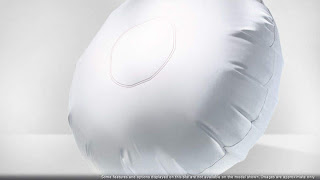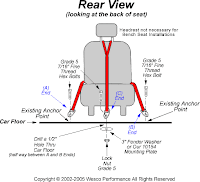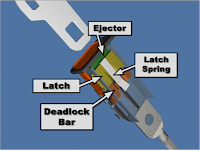Cars
The law requires all children travelling in cars to use the correct child restraint until they are either 135 cm in height or the age of 12 (which ever they reach first) . After this they must use an adult seat belt. There are very few exceptions, and the main ones are set out below.
It is the driver's responsibility to ensure that children under the age of 14 years are restrained correctly in accordance with the law.
It is the driver's responsibility to ensure that children under the age of 14 years are restrained correctly in accordance with the law.
Children up to 3 years old
In the Front Seat
The child MUST use the correct child restraint.
The child MUST use the correct child restraint.
It is illegal to carry a child in a rear-facing child seat in the front, which is protected by an active frontal airbag.
In the Rear Seat
In a licensed taxi or licensed hire car, if a child restraint is not available then the child may travel unrestrained in the rear. This is the only exception for children under 3, and has been introduced for practical rather than safety reasons. You should always think about ways to make sure that a child seat is available.
It is the driver's legal responsibility to ensure that the child is correctly restrained.







